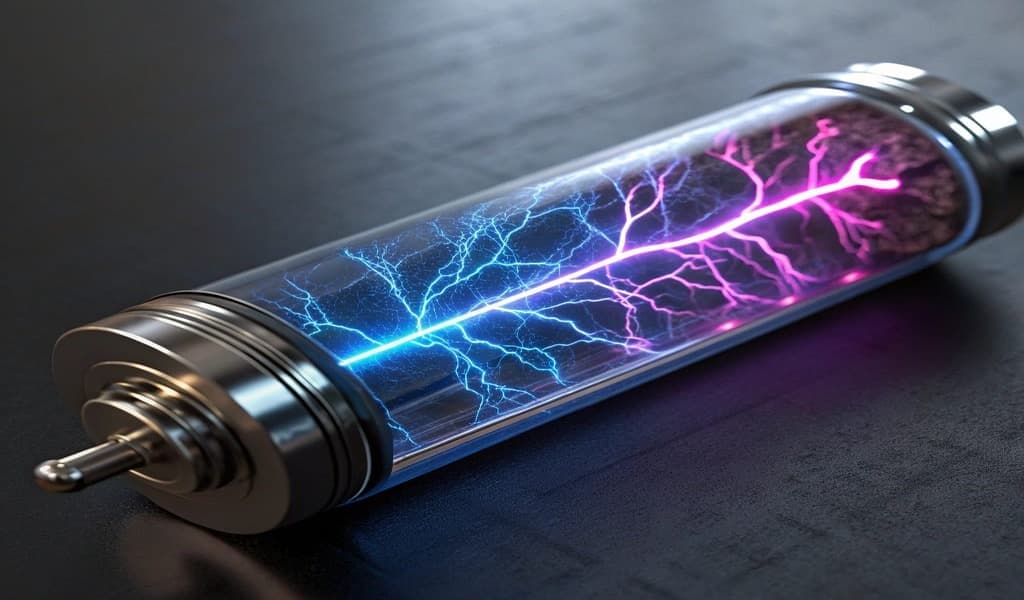
AI solves a century-old scientific puzzle
A team of scientists at Columbia University’s School of Engineering has successfully used artificial intelligence to solve a scientific problem that had persisted for a hundred years.
The challenge involved determining the exact atomic structure of nanocrystals.
This achievement paves the way for faster development of advanced technologies, particularly in the field of high-performance batteries.
The core issue stemmed from the difficulty in pinpointing the precise arrangement of atoms within nanocrystals-extremely small particles with a disordered atomic structure. These materials are critically important for developing a wide range of technologies, including electronics and batteries.
Conventional X-ray diffraction techniques, which work well for large crystals, have consistently failed with these nanoscale materials. The reason lies in the fact that nanocrystals usually appear as powder, scattering X-rays into patterns that are notoriously difficult to interpret.
In contrast, the new algorithm-named PXRDnet-has managed to analyze these complex patterns and accurately infer the atomic structure, even for materials as small as 10 angstroms.
The researchers explained that the AI model learned to accomplish this task by studying a large database of known atomic structures, in a way similar to how language models are trained.
This development marks a significant step forward in materials science, as it now gives scientists the ability to explore and characterize nanomaterials that were previously out of reach.
The team, whose findings were published in Nature Materials, emphasized that these results highlight the growing potential of AI to support scientific progress, accelerate innovation across disciplines, and tackle challenges that have stood unresolved for decades.
